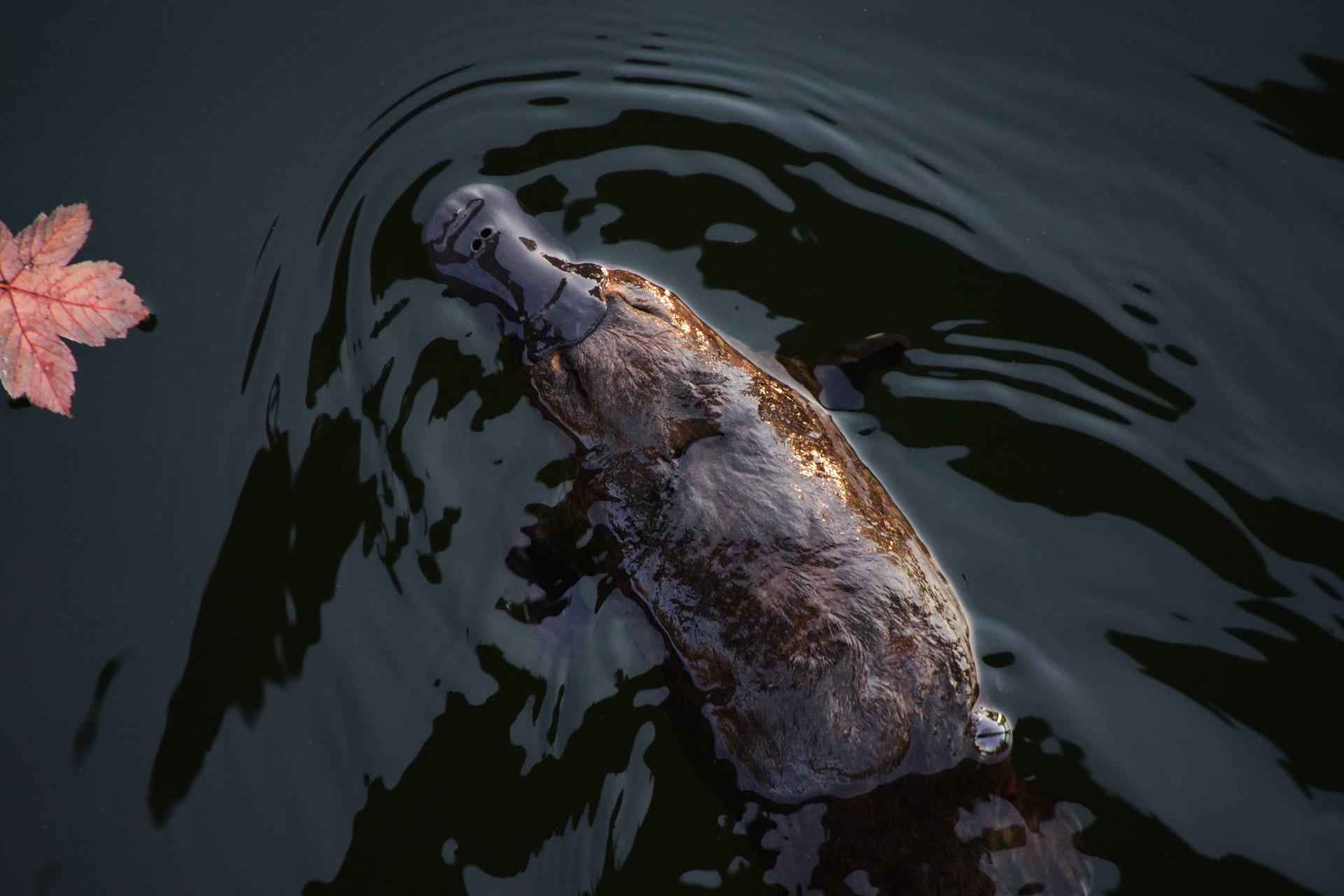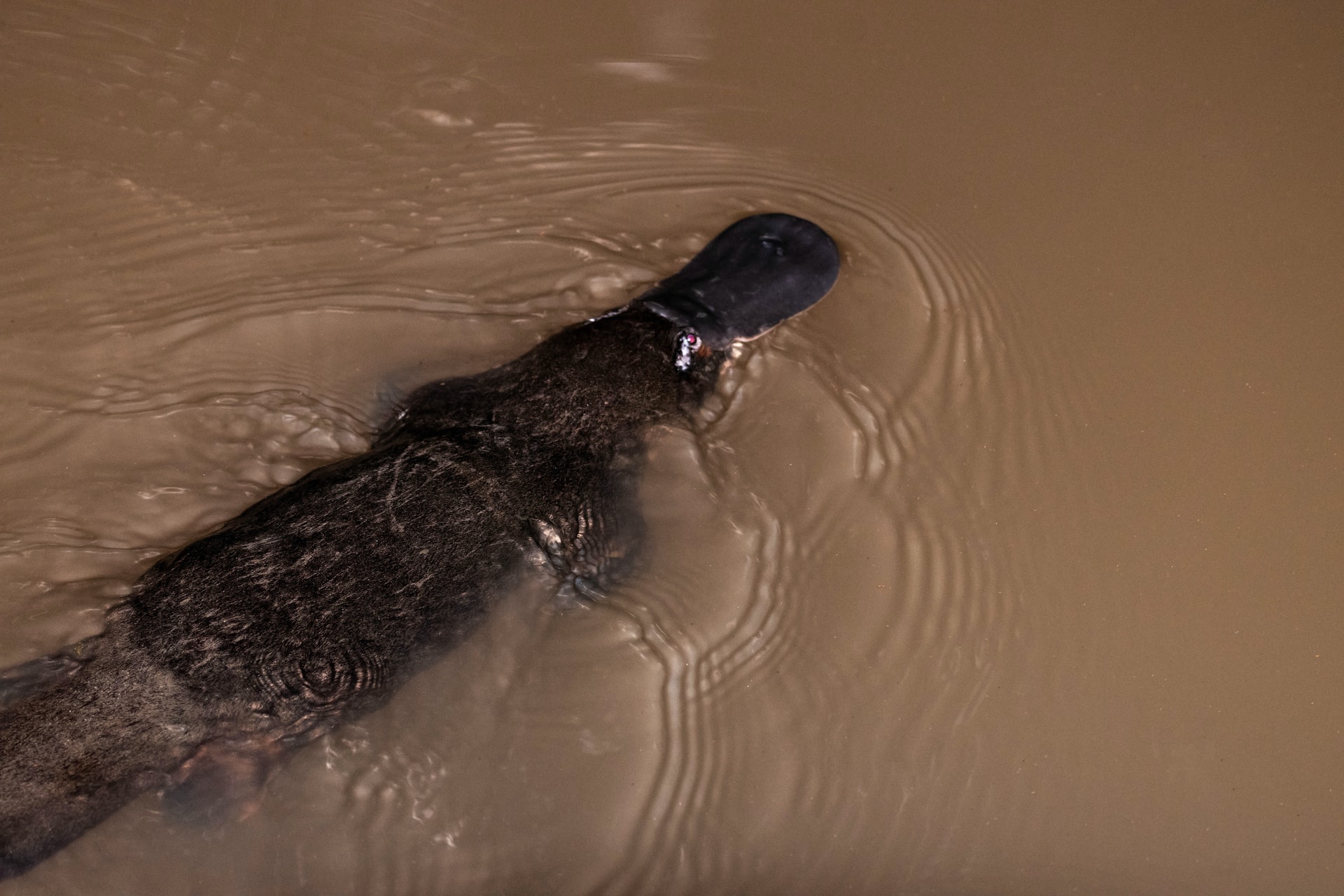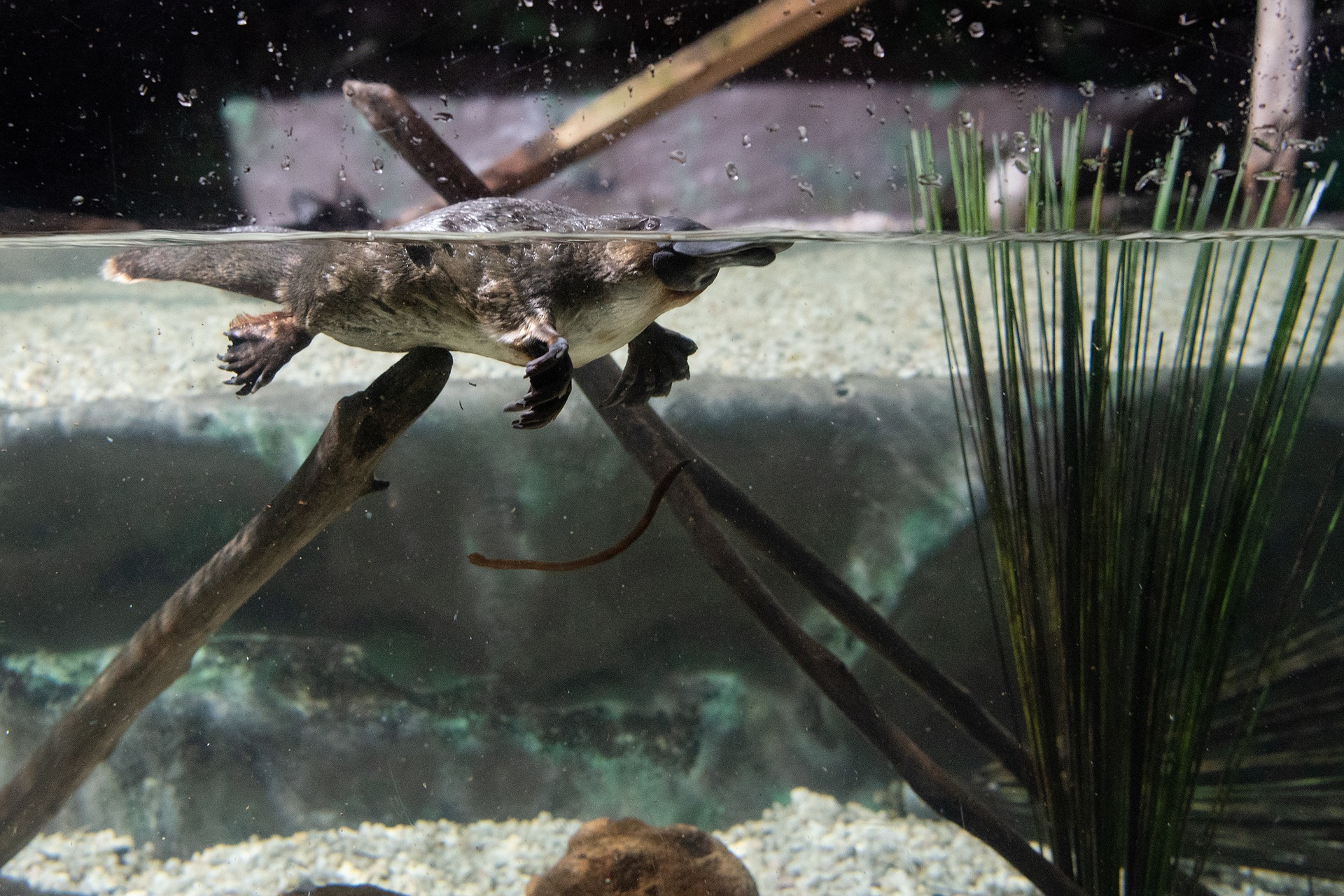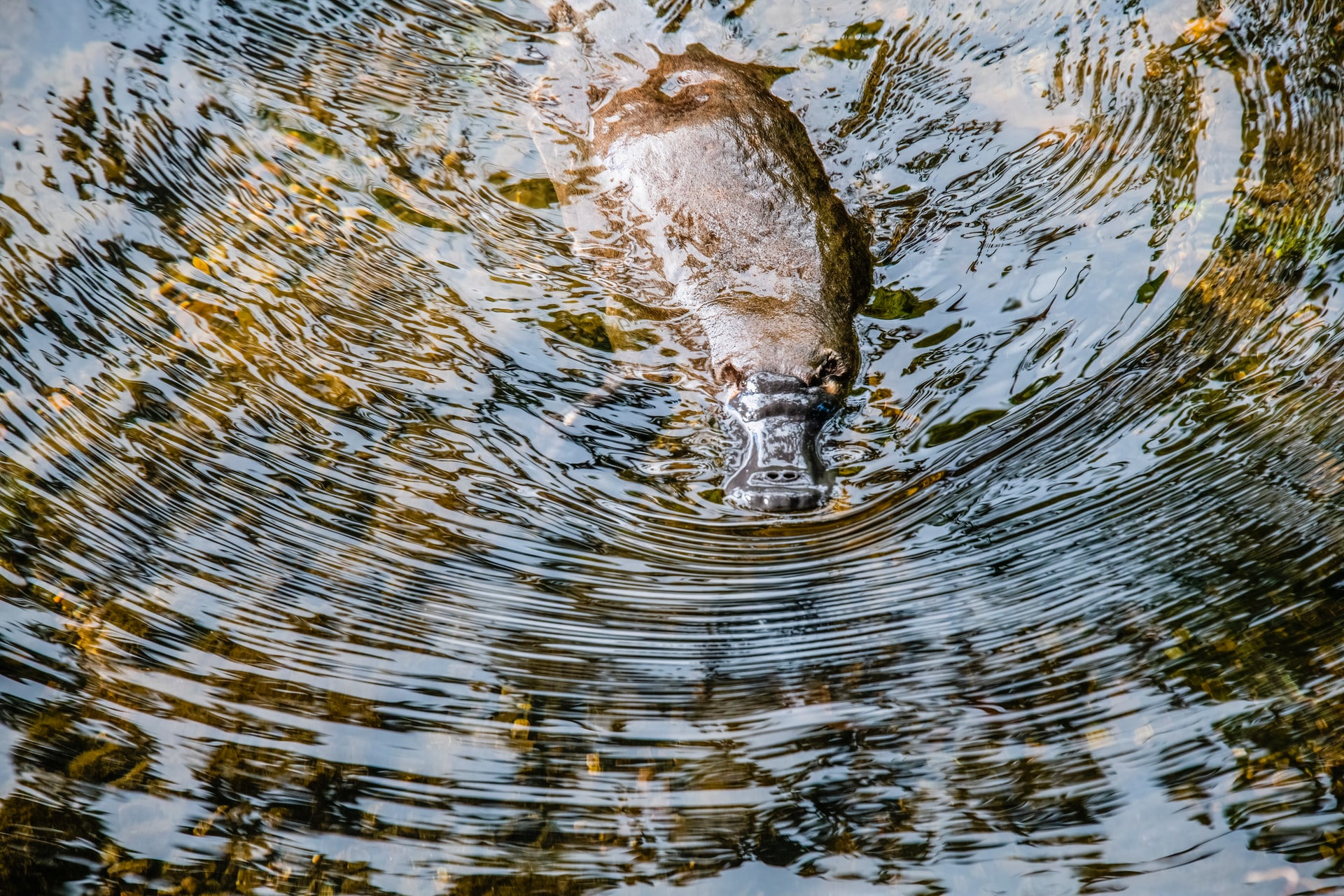
If you were a kid like me who grew up with the Disney Channel as their babysitter, then you’ve probably watched at least an episode of Phineas and Ferb, then you’ve at least asked your parent for at least once or twice to get a pet platypus. Because who doesn’t want a pet platypus who is also an undercover secret agent. Perry, Perry the platypus made a lot of kids around the world want their own pet platypus. However, how legal is this? Can you really own a pet platypus? The short answer is no, but let’s learn more about these interesting freaks of nature and why you can’t win them.
What is a platypus?

The platypus is one of the only two mammals on Earth that gives birth by laying eggs, and the other one is an echidna. The platypus is almost a freak of nature and looks like a combination of a duck-billed, otter-footed, egg-laying aquatic creature that resides down under. Of course, one of the two mammals that lay eggs is from Australia, as if Australia was weird enough as it is. I love Australia but come on now, the spiders, the snakes, and now platypus, what’s next? The Loch Ness monster? No, but jokes aside, the appearance of this platypus itself is a sight for sore eyes. They are freshwater creatures and live in wetlands and billabongs. It is a bottom-feeder and feeds on insects, worms, and even shellfish. They have no teeth and store their catches in their cheek pouches. The female platypus lays her eggs in underground burrows, which she digs near the edge of the water or their habitat. Baby platypus hatch after 10 days and are nursed for up to four months by their mother. After that, they swim off and forage on their own.
Why they won’t make good house pets
1. They can inject painful venom
This is found mainly in male platypus, and they have hollow spurs on their hind legs that are connected to venom glands. When two male platypuses fight over a female platypus, they wrap their legs around each other and try to inject each other with venom until one of them is paralyzed or drops. They aren’t venomous year-round; their venom glands go dormant after mating season. The venom injecting site swells very quickly and is excruciatingly painful. The pain is so intense that it can lead to paralysis, and you might not be able to use the affected limb for a few days or even months after you were stung. The severe pain doesn’t respond to morphine, and there might be a slight discomfort and stiffness that persist years after you’ve been stung. This is why you aren’t advised to have them as pets, and in Australia, it is also legal to export them or have them as pets.
2. Their eating needs is ridiculous

They are like toddlers, and they are not only picky eaters but also eat a lot. They aren’t like your average pet and need live food to survive, and their diet is mainly composed of invertebrates like crayfish, worms, insect larvae, some shellfish, insects, and freshwater shrimps. They eat up to 20% of their body weight on the daily, and if you have one as a pet, you need to feed it a feast all day long. It is also essential for them to have a large feeding area because they have a one-kilometer feeding range in the wild. Their water needs to be adequately filtered and/or changed every day.
3. They need a specific habitat
The Australian government also has a guideline for the suitable environment that platypus can live and thrive in. These are:
-
- They must be able to interact with other platypus but should also have their own areas where they can be kept away from their mates.
-
- Each of them needs to have a dry nest.
-
- Their water and nest box needs to be regulated at a fixed temperature and should remain below 25°C.
-
- The water in their habitat must have various flow patterns, be dynamic, be filtered, and be easy to drain.
-
- They must be able to forage naturally with protecting feeding.

They are also challenging to keep in captivity and are extremely sensitive to ecological changes. They are also nocturnal creatures and emerge at dusk and hunt for 10 to 12 hours. Their upkeep is also extremely expensive, and the Healesville Sanctuary estimated that each platypus needs $13 000 to be kept in captivity. This cost includes their life support, health, water needs, and food. They are also highly pesky animals to keep in captivity and are known to escape from their zoos (Penelope, we are talking about you here). You can also not buy a platypus unless you are a zoo or research facility, and they aren’t allowed to be kept as pets because of their difficult upkeep.
My favorite episode of Phineas and Ferb is season 1, episode 16, called “Phineas and Ferb Get busted”, solely because of the song Busted. That song is an absolute bop and is one of the reasons why I fell in love with the show, but my favorite character is Dr. Heinz Doofenshmirtz. His theme song is the best thing to have come out of the show. Sound off in the comments section below and tell us your favorite Phineas and Ferb episode and if you too wanted to get a pet platypus as a kid.






2 thoughts on “This is Why You Shouldn’t Get a Pet Platypus ”